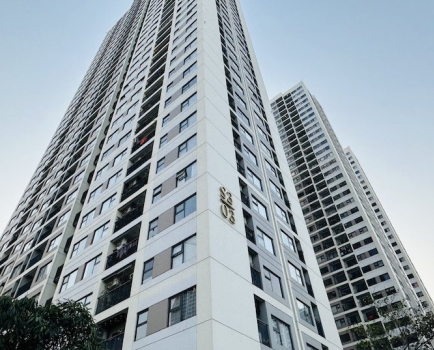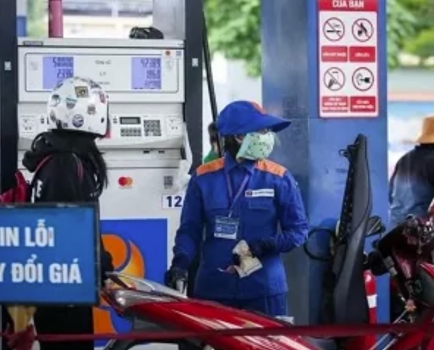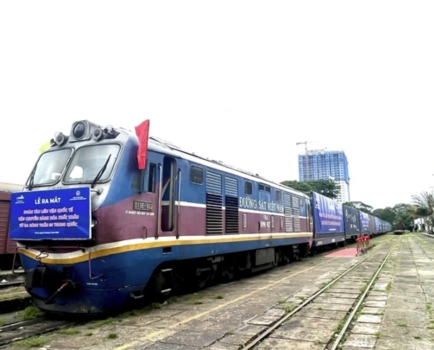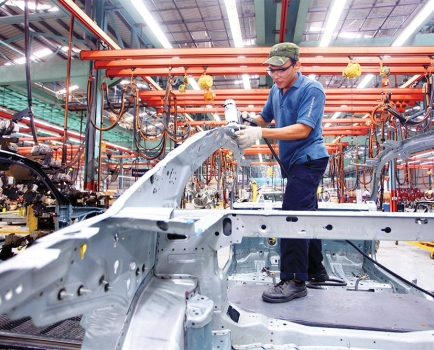Air quality forecasts are limited due to lack of monitoring stations
Tue, 18 Jun 2019 15:44:00 | Print | Email Share:
Though air pollution has worsened in Hanoi and HCM City, air quality forecasts are insufficient because of a lack of monitoring stations.

Air quality remains unpredictable in Vietnam
According to WHO (the World Health Organization), 9 out of every 10 persons in the globe have to breathe air containing pollutants at high concentration. Outdoor air pollution is the fourth biggest reason behind premature deaths in the world. Air pollution is a burden on the world’s economy with the total cost of $225 billion a year.
According to the General Directorate of Environment under the Ministry of Natural Resources and the Environment (MONRE), most urban areas in Vietnam are facing increasing air pollution. The dust is the most burning issue with the proportion of TSP (total suspended particulate) monitoring samples exceeding 80 percent of total monitored samples annually.
In some large urban areas like Hanoi, the number of days with the PM10 and PM2.5 concentration exceeding Vietnamese standards is relatively high.
A report by IQAir AirVisual and Greenpeace Southeast Asia showed that Hanoi is the second most polluted city in Southeast Asia, just after Jakarta with the PM2.5 index at 40.8 microgram per cubic meter, or four times higher than the level recommended by WHO.
Experts said air quality predictions would help reduce the impact of air pollution on human health. This can be done in the US, for example. In Hanoi, the air quality is measured by monitoring stations at the city department for natural resources and the environment, at the General Directorate of Environment and US Embassy.
“The data about air quality will be much more valuable if it can be provided as soon as possible, helping people arrange their plans,” said Hoang Duong Tung, former general director of the General Directorate of Environment.
In many countries, scientists can forecast air quality 3-5 days in advance based on information about air and meteorology (temperature, humidity, wind direction, terrain), and data on emission sources from air monitoring stations.
In Vietnam, of 10 monitoring stations in Hanoi, only two fixed stations can provide data with high accuracy which can serve forecasting, while the others just provide information for reference.
Tung said Hanoi needs at least 10 fixed stations to be able to collect enough information for forecasting.
Nguyen Nguyet Anh, deputy director of the Northern Environment Monitoring Center, said Vietnam still lacks monitoring stations. There should be one station for every 50 square kilometers, as in developed countries.
By: Vietnamnet/VOV
---------------------------------------------
Same category News :













